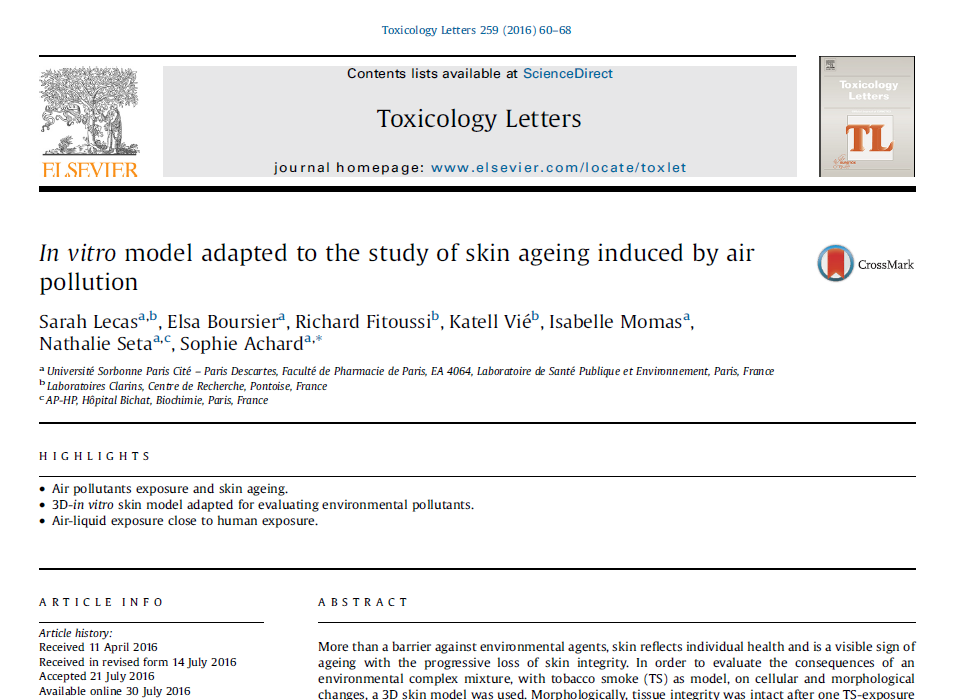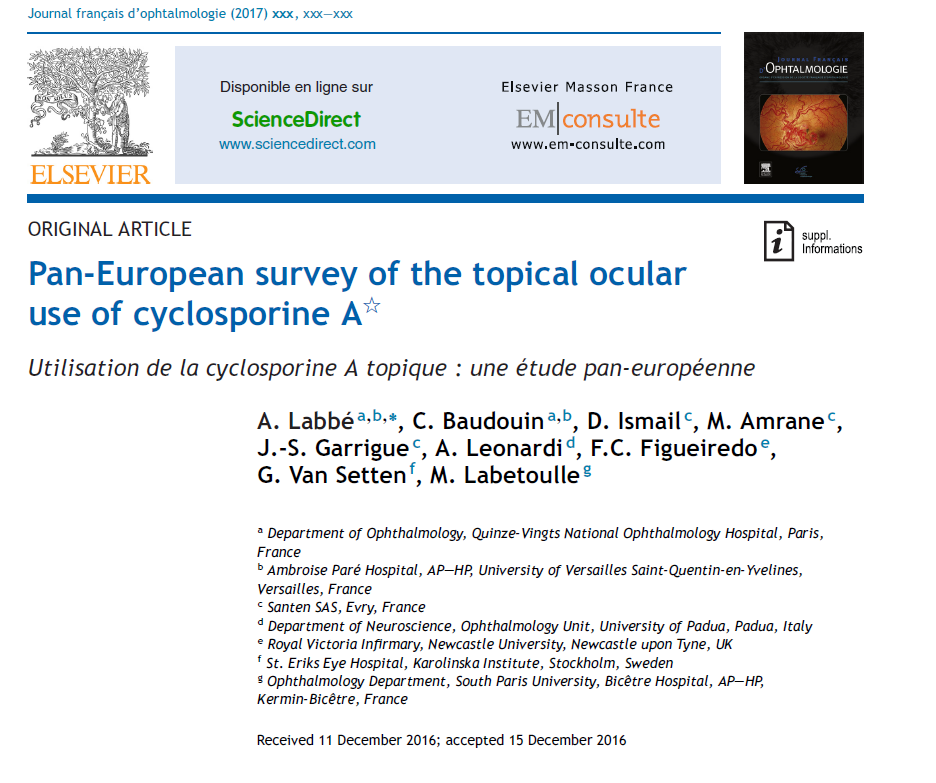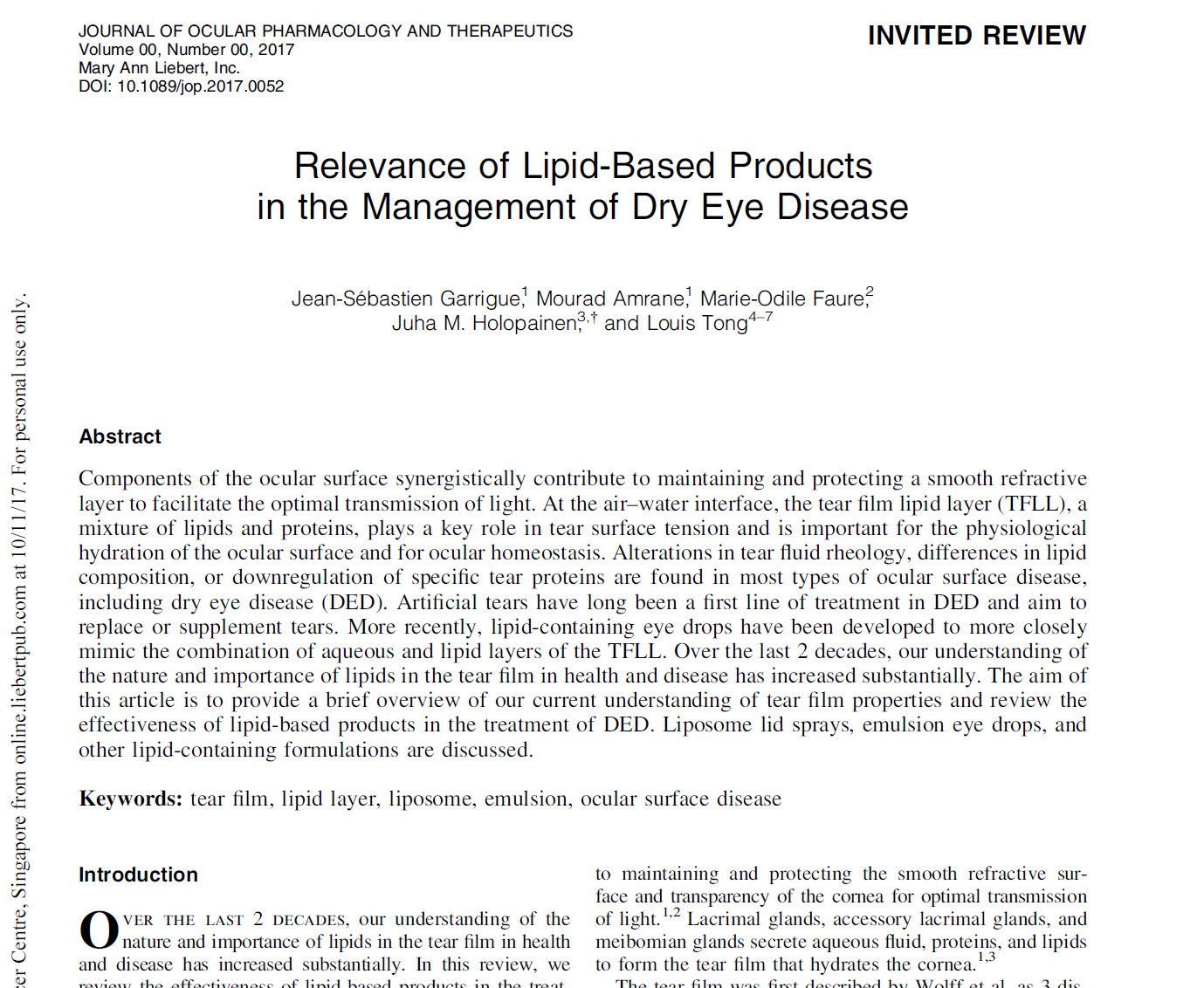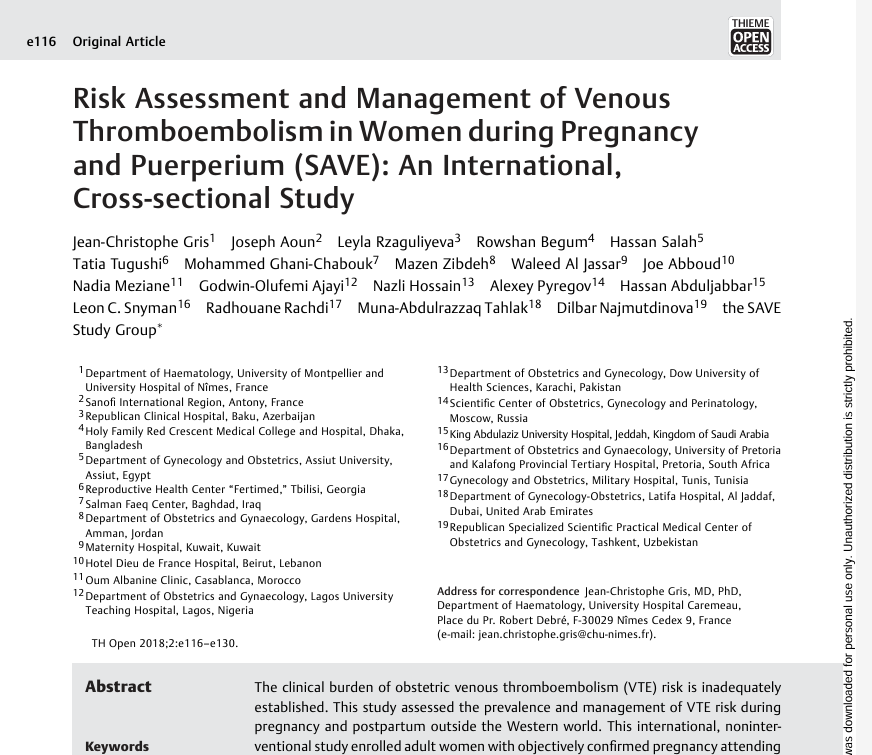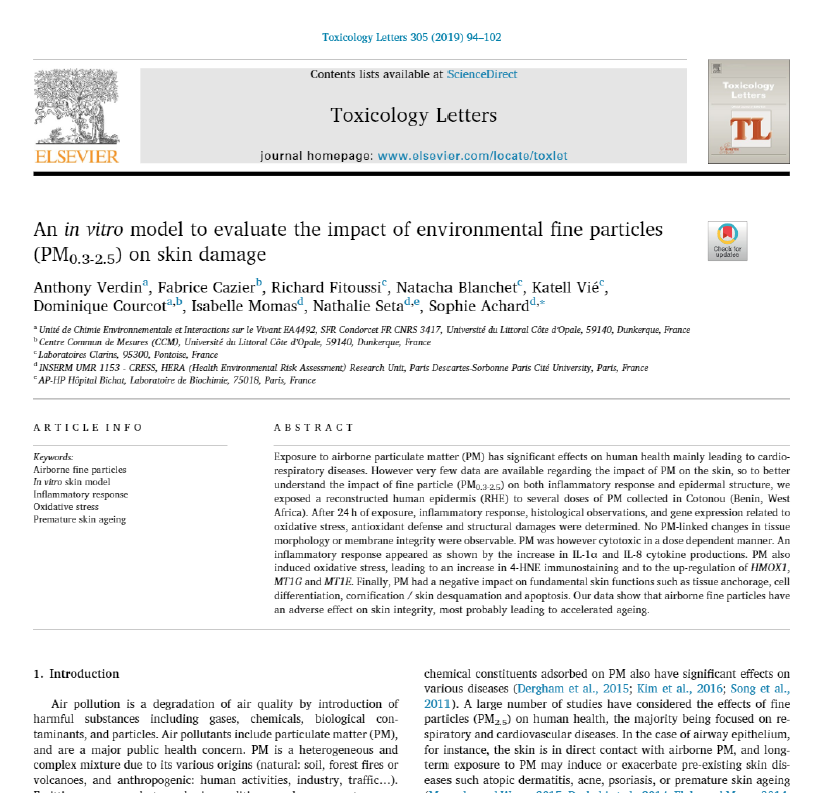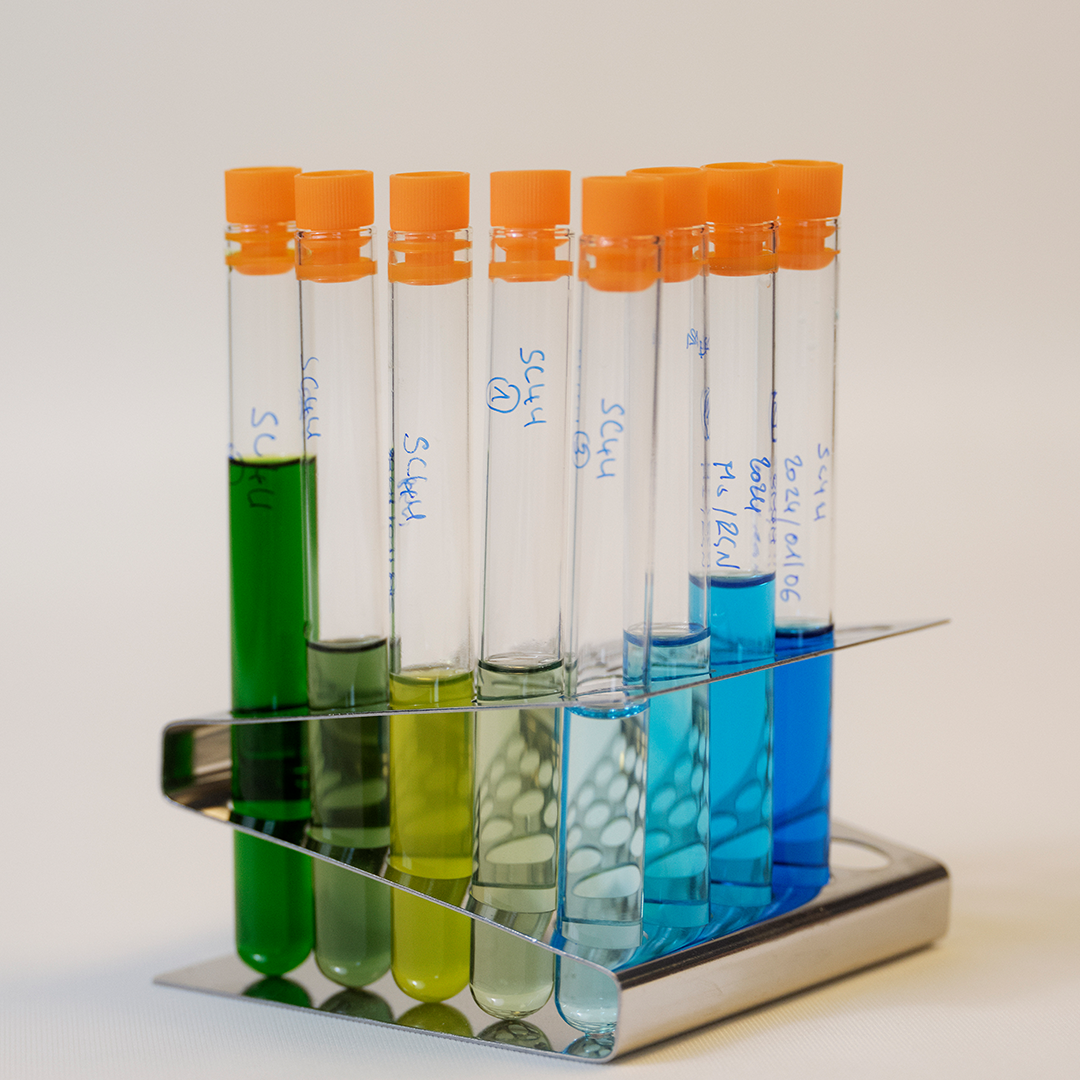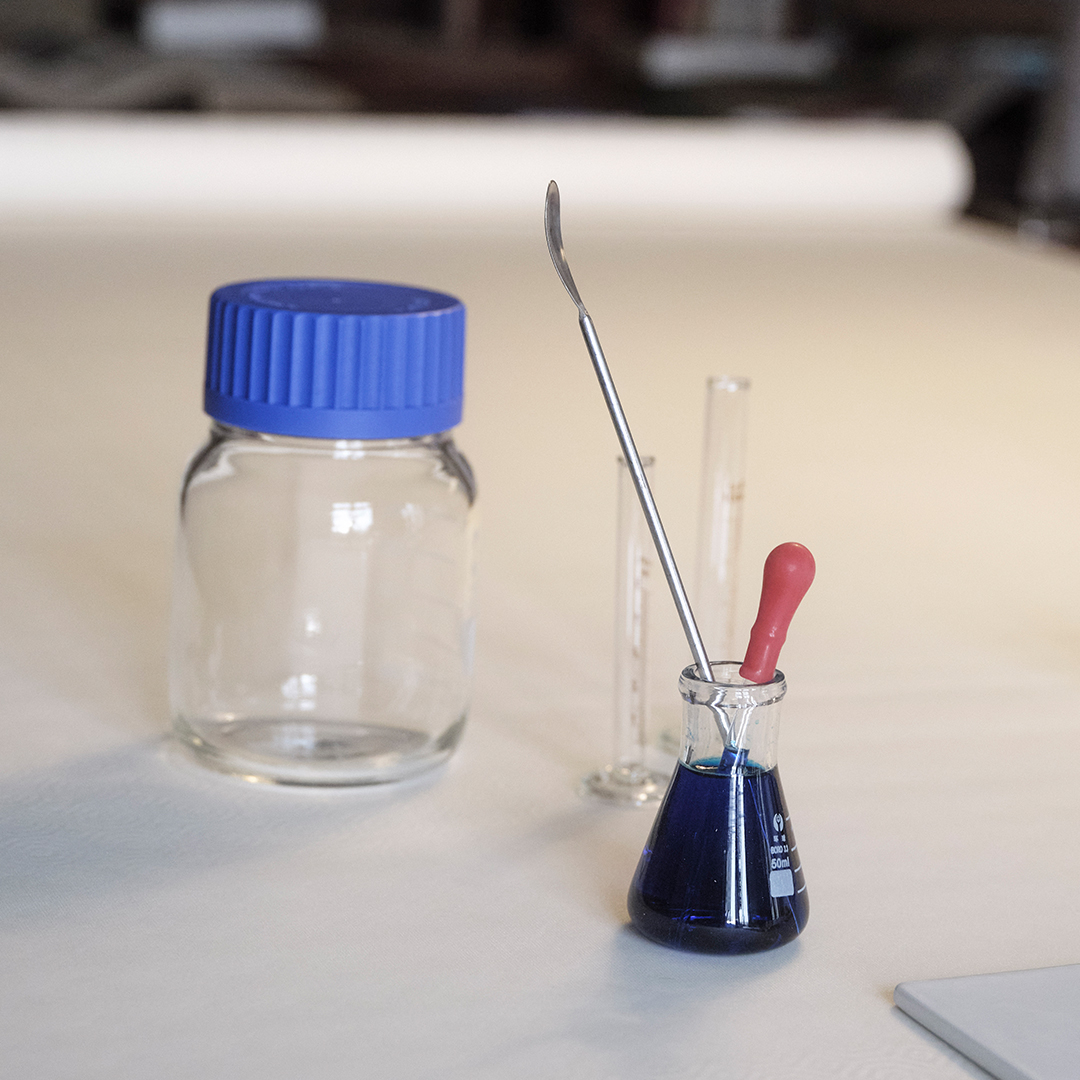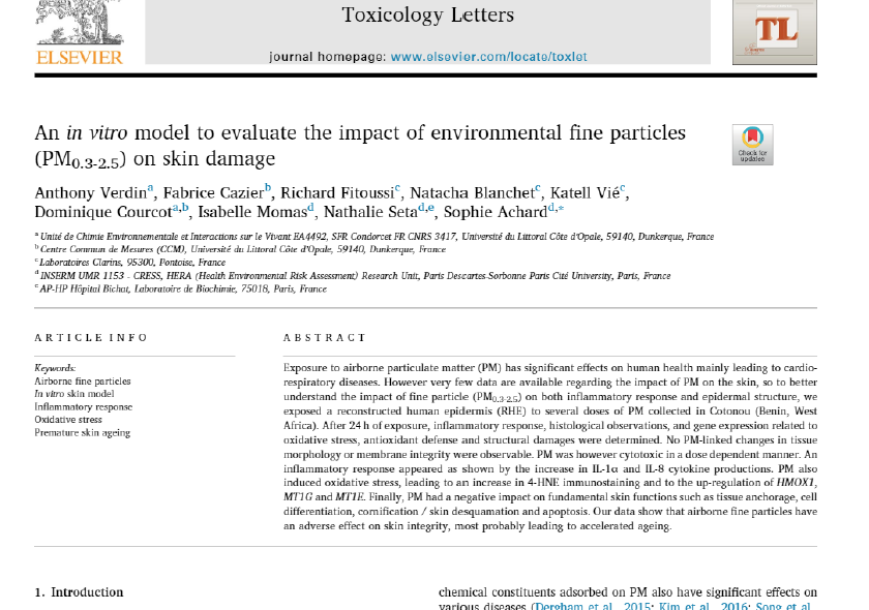
An in vitro model to evaluate the impact of environmental fine particles (PM0.3-2.5) on skin damage
-
DATE
2019 -
Type
Toxicology letters -
Auteurs
Verdin A, Cazier F, Fitoussi R, Blanchet N, Vie K, Courcot D, Momas I, Seta N, Achard S.
En bref
Exposure to airborne particulate matter (PM) has significant effects on human health mainly leading to cardio-respiratory diseases. However very few data are available regarding the impact of PM on the skin, so to better understand the impact of fine particle (PM0.3-2.5) on both inflammatory response and epidermal structure, we exposed a reconstructed human epidermis (RHE) to several doses of PM collected in Cotonou (Benin, West Africa). After 24 h of exposure, inflammatory response, histological observations, and gene expression related to oxidative stress, antioxidant defense and structural damages were determined. No PM-linked changes in tissue morphology or membrane integrity were observable. PM was however cytotoxic in a dose dependent manner. An inflammatory response appeared as shown by the increase in IL-1α and IL-8 cytokine productions. PM also induced oxidative stress, leading to an increase in 4-HNE immunostaining and to the up-regulation of HMOX1, MT1G and MT1E. Finally, PM had a negative impact on fundamental skin functions such as tissue anchorage, cell differentiation, cornification / skin desquamation and apoptosis. Our data show that airborne fine particles have an adverse effect on skin integrity, most probably leading to accelerated ageing.



